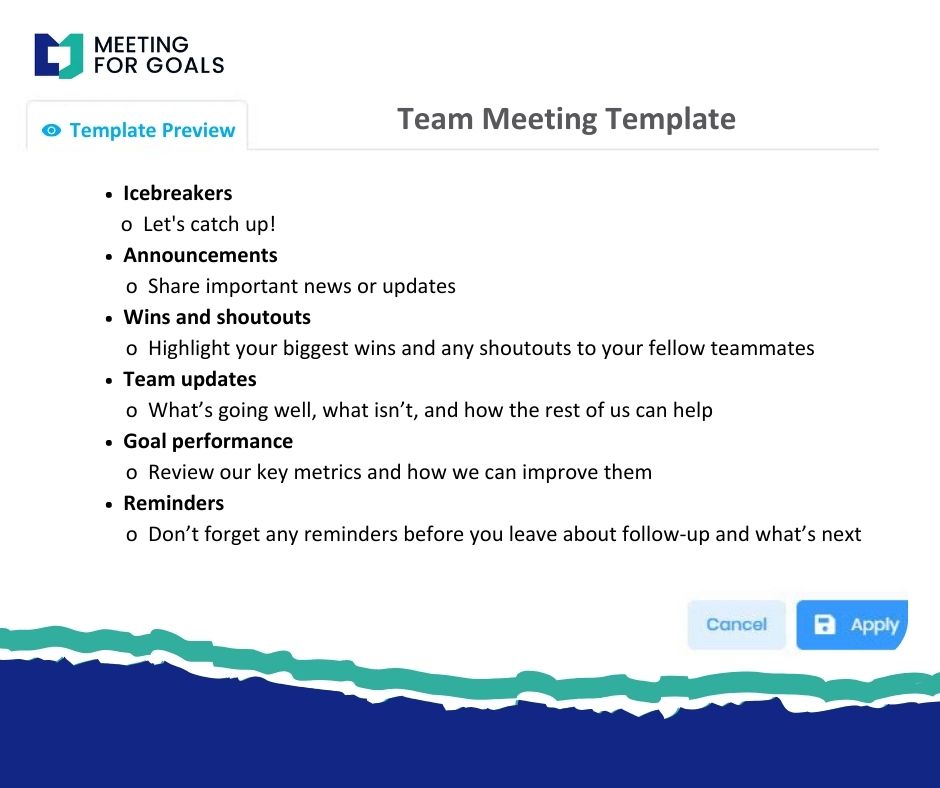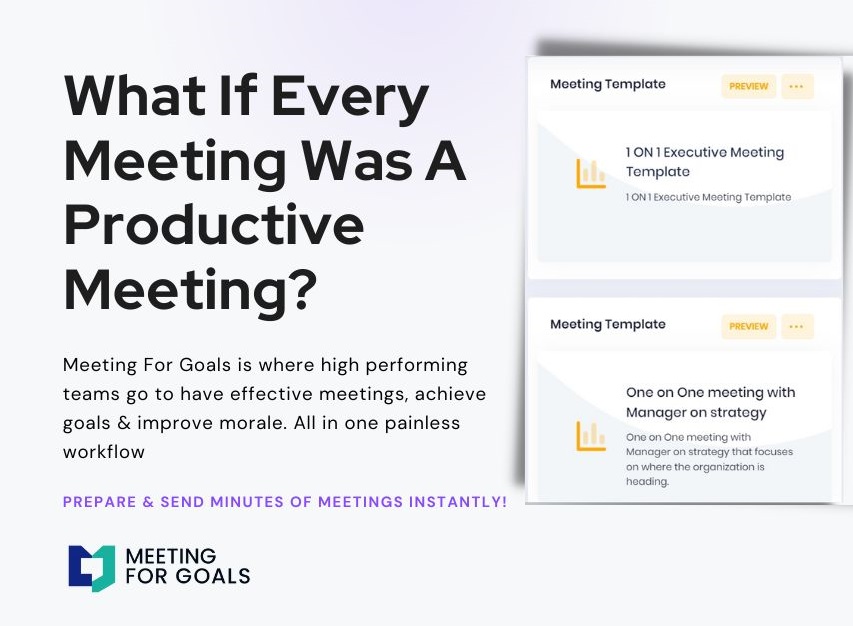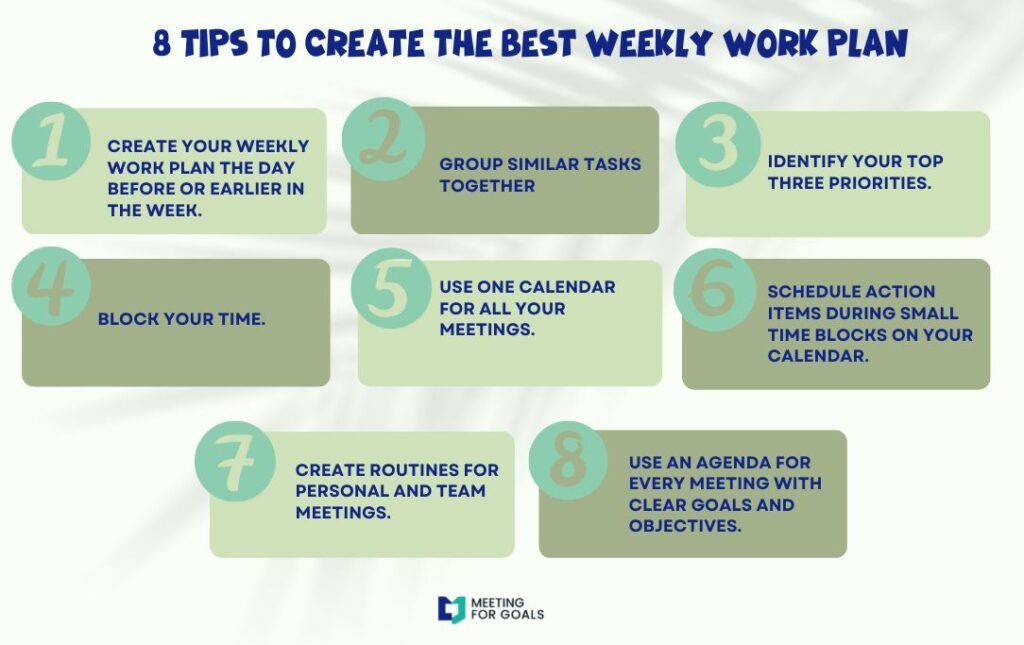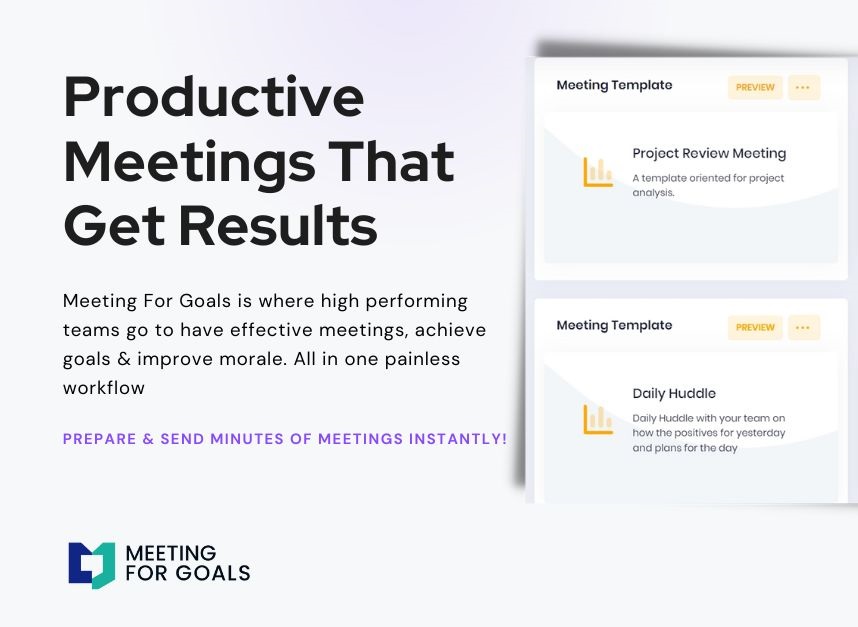Best Introduction Lines About Yourself: Make Every Meeting Count
In today’s fast-moving business world, the way you introduce yourself in meetings can shape how others perceive you. It also impacts how effectively your team collaborates. Whether you’re leading a strategy session or joining a cross-functional meeting, your self-introduction sets the tone.
In this guide, we’ll show you how to craft powerful introduction lines for different professional settings. Plus, we’ll explore how tools like Meeting For Goals can help align every part of your meeting—from introductions to outcomes—with your company’s objectives.
I. Introduction
In the corporate world, first impressions truly matter. It all begins with how you introduce yourself. Whether you’re stepping into a high-stakes boardroom, dialing into a virtual meeting, or connecting at a networking event, your introduction is your first opportunity to establish credibility. It helps set a collaborative tone.
For leaders in mid-sized companies (40–70 employees), effective communication isn’t just a soft skill—it’s a business imperative. When you introduce yourself with clarity and purpose, you:
- Create alignment
- Build trust
- Model strong communication for your team
This article is designed for professionals, Directors, VPs, and C-suite executives who want to elevate their meeting presence and lead with intention. You’ll learn why introductions matter, how to tailor them to your audience, and how to connect your role with your organization’s goals.
We’ll also discuss how Meeting For Goals—our meeting management software—helps structure meetings from the ground up. From setting agendas to tracking follow-ups, our platform ensures every meeting starts with purpose and ends with results.
👉 Want to lead better meetings? Start with a great introduction. Sign up now at https://app.meetingforgoals.com/TenantRegistration/Register
2 Minute Video
Watch a 2 minute demo of our meeting management software in action
II. Understanding the Context of Introductions
In companies of 40 to 70 employees, meetings are more than routine. They’re key moments for alignment and decision-making. Introductions are your chance to set the tone, establish your role, and build momentum.
Why Introductions Matter
When done well, introductions:
- Clarify your role and purpose in the meeting.
- Set a collaborative tone.
- Help others understand your perspective.
- Build trust and credibility from the start.
Imagine a weekly leadership meeting. The VP of Sales opens with:
“Hi, I’m Lisa, VP of Sales. I’m here to ensure we’re tracking toward our revenue goals and aligning our sales strategy with the company’s vision.”
That 15-second intro tells you who she is, why she’s there, and what she cares about. It’s intentional and aligned.
The Impact on Team Dynamics
Clear introductions help reduce confusion—especially in cross-functional meetings where participants don’t work together every day. When everyone knows who’s in the room and what they bring to the table, collaboration becomes easier.
This is especially important in hybrid or remote teams, where face-to-face interaction is limited. A strong intro can humanize virtual meetings and create instant connection.
The Role of Meeting Management Software
Meeting For Goals helps structure meetings so that introductions aren’t just small talk—they’re strategic. Our platform prompts participants to define their goals before the meeting even starts. This ensures that introductions are aligned with the agenda and the company’s objectives.
With features like role-based templates and pre-filled bios, Meeting For Goals makes it easy for everyone to show up prepared and purposeful.
Want to see how it works? Check out our free meeting templates at https://meetingforgoals.com/meeting_templates
Adding an Agenda
How to add an agenda instantly on Meeting For Goals
III. Creating an Engaging Introduction Line
A great introduction is concise, confident, and connected to your purpose. It’s not about listing your job title—it’s about showing up with intention.
Key Elements of a Strong Introduction
- Clarity: State your name, role, and what you do—in simple language.
- Confidence: Speak clearly and with energy. Your tone says as much as your words.
- Conciseness: Keep it short. Aim for 20–30 seconds max.
Example:
“Good morning, I’m David, Director of Product Development. I focus on aligning our product roadmap with customer feedback and company goals to drive innovation.”
This intro is clear, confident, and goal-focused.
Tailoring to Your Audience
Your intro should change depending on who’s in the room. Ask yourself:
- Is this a leadership strategy session or a team check-in?
- Are you speaking to peers, executives, or cross-functional partners?
- What’s the main goal of the meeting?
Adjust your tone and content accordingly. For example, in a team sync, you might highlight your current project. In a board meeting, focus on strategic impact.
Linking to Company Goals
One of the most powerful ways to elevate your intro is by connecting it to your company’s mission or current priorities.
Example:
“I’m Sarah, VP of Marketing. My team is focused on increasing brand visibility to support our Q3 revenue targets.”
This shows Sarah’s alignment with the company’s goals and sets a results-driven tone.
Meeting For Goals makes this easy by letting you link your meeting agenda to business objectives. That way, your intro isn’t just informative—it’s strategic.
Want more tips on aligning meetings with goals? Visit https://meetingforgoals.com
IV. Samples of Effective Introduction Lines
Let’s look at real-world examples tailored to different meeting types. These intros are clear, relevant, and aligned with the meeting’s purpose.
-
Corporate Strategy Meeting:
“Hello, I’m Michael, Chief Operating Officer. I oversee daily operations and ensure our strategic initiatives are executed efficiently. I’m here to discuss how we can streamline our processes to support our Q4 growth targets.”Why it works: It communicates Michael’s role, focus, and contribution to the meeting.
-
Team Brainstorming Session:
“Hi team, I’m Priya from Product Design. I specialize in UX and interface design. I’m excited to collaborate and explore creative solutions for our next app update.”Why it works: It’s friendly, collaborative, and sets a creative tone.
-
Networking Event:
“Hey, I’m Alex. I lead the Customer Success team at a SaaS company called Meeting For Goals. We help teams run more productive meetings by aligning agendas with business goals.”Why it works: It’s casual, engaging, and includes a subtle value pitch.
-
Cross-Functional Team Meeting:
“I’m Rachel, Director of HR. I’m here to ensure our hiring strategy supports our projected growth and that our teams have the resources they need to succeed.”Why it works: Rachel shows how her role connects to business outcomes.
-
Virtual Meeting Kickoff:
“Good afternoon, I’m Tom, Head of IT. I’ll be facilitating today’s session on cybersecurity protocols. My goal is to ensure we’re aligned on best practices and compliance.”Why it works: It sets expectations and positions Tom as the expert.
Want to create powerful intros like these? Use our templates at https://meetingforgoals.com/meeting_templates
V. Common Pitfalls to Avoid in Introductions
Even experienced professionals can miss the mark. Here are five common mistakes—and how to avoid them.
-
Overloading with Information:
❌ “Hi, I’m John. I’ve been with the company for 12 years, started as a junior analyst, moved to team lead, then manager, and now I oversee finance, ops, and logistics.”
✅ “Hi, I’m John, Director of Operations. I focus on optimizing workflows to improve efficiency and reduce costs.”
-
Being Too Vague:
❌ “I’m Jane. I work in marketing.”
✅ “I’m Jane, part of the digital marketing team. I specialize in lead generation to support our sales pipeline.”
-
Not Tailoring to the Audience:
A generic intro won’t land with every group. Adjust your message to match the context and audience.
-
Lack of Confidence:
Your body language, tone, and delivery matter. Speak clearly, make eye contact, and avoid filler words.
-
Forgetting to Link to the Meeting Purpose:
Your intro should always connect to why you’re in the meeting. This shows relevance and helps others understand your perspective.
Meeting For Goals helps avoid these pitfalls by prompting users to define their roles and objectives before the meeting starts. This makes introductions intentional, not an afterthought.
VI. Expanding the Impact of Introductions
Introductions aren’t just about you—they shape the entire meeting. When everyone introduces themselves with clarity and purpose, it:
- Builds trust among team members.
- Encourages open discussion.
- Creates a sense of shared ownership.
This is especially valuable in remote or hybrid settings, where building rapport can be harder.
A study by Harvard Business Review found that teams with strong interpersonal connections are more likely to collaborate effectively and innovate faster. Intros are a simple but powerful way to spark that connection.
Want to dig deeper into the science of effective communication? Check out this article from Forbes on how leaders can build connection in virtual meetings: https://www.forbes.com/sites/forbeshumanresourcescouncil/2021/03/18/how-leaders-can-build-connection-in-virtual-meetings
VII. How Meeting For Goals Enhances Every Meeting
Meeting For Goals isn’t just a scheduling tool—it’s a platform for purposeful collaboration. From the moment you schedule a meeting, our software guides you through:
- Defining objectives.
- Creating a clear agenda.
- Assigning roles and responsibilities.
- Pre-filling participant introductions.
- Tracking follow-ups and next steps.
This turns every meeting into a strategic session—and every introduction into a meaningful contribution.
Plus, our platform integrates with your existing tools like Slack, Outlook, and Google Calendar. That means less friction, more focus.
Want to see it in action? Start your free trial today at https://app.meetingforgoals.com/TenantRegistration/Register
VIII. Conclusion
Your self-introduction isn’t just a formality—it’s your first chance to lead with purpose. In every meeting, whether it’s a quick team check-in or a high-stakes strategy session, how you introduce yourself can shape the tone. It helps build trust and align your team.
By using the tips and examples in this guide, you can craft introductions that are clear, confident, and connected to your company’s goals. And with tools like Meeting For Goals, you can ensure every meeting starts strong and ends with results.
Ready to make your meetings more productive and impactful?
- 👉 Start your free trial at https://app.meetingforgoals.com/TenantRegistration/Register
- 👉 Explore our free meeting templates at https://meetingforgoals.com/meeting_templates
- 👉 Learn more about how we help companies run better meetings at https://meetingforgoals.com
Make every meeting count—starting with a great introduction.




